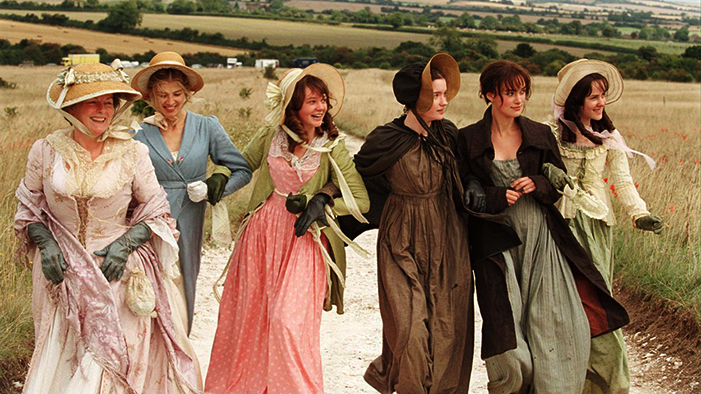Summary: Chapter 37: Independence Day
Holmes, Minnie, and Anna attend the 4th of July fireworks show at Jackson Park. Anna writes to her aunt that Holmes has offered to take herself and Minnie on a long trip to Maine, New York, and then Europe. Holmes suggests Anna stay in Europe to study art. He invites Anna to see his hotel in Englewood the next morning as Minnie prepares their apartment for the next tenant. Anna now completely trusts Holmes.
Analysis: Chapters 32-37
In this section, we get a true sense of how the Fair becomes the backdrop for a meeting of the minds and culture. People around the world are attracted to innovation, and the Fair provides so much of it that it takes two weeks at minimum to explore the full fairgrounds. Countless high-ranking members of the political and scientific global community meet each other. Larson uses Anna’s visit and experience to describe the Fair. Exhibit after exhibit awes her. Midways are now common parts of most fairs, but in the 1890s, the meeting of cultures was completely foreign to the average American. As a woman from rural Minnesota and Texas, Anna likely never had a way of experiencing anything like the Midway. She responds much like everyone else to the size and grandeur of the Court of Honor. The white color turns out to have exactly the dazzling effect that Burnham wanted. It reflects nearly blinding light, emblematic of the positive icon the Fair is to the world. This light and grandeur especially contrasts with the literal and moral darkness of Chicago.
These chapters also paint the contrast between Burnham and Olmsted’s opinions about the overall atmosphere of the Fair. Burnham’s design of huge, ornate buildings with columns and facades suggests that he wants people struck dumb with awe. Olmsted, after having visited France’s previous Fair site, worries that the Fair is too serious and thinks it should include more fun attractions. When he suggests that “heathens” mingle with the people, he is referring to exotic people from other countries. Burnham ultimately wins out, as he has exclusive control over the public image of the Fair. It is therefore no small victory for Olmsted when he travels incognito to find out people’s impressions of the Fair, and learns that his landscape architecture has had a big effect on the Fair’s success and people’s overall enjoyment. Olmsted’s suggestions of maintaining the gravel walkways and picking up litter has less to do with his vision of atmosphere, and more to do with attracting an audience. Burnham only opposes Olmsted on matters he finds most important, and doesn’t interfere with the landscaping.
Holmes easily sways Anna into trusting him. Much like Dr. Cigrand, Anna falls for Holmes and Minnie’s apparent love for each other. Holmes uses Anna’s background to his advantage, to secure her affection. Minnie was raised by her rich uncle and ended up in Boston, while Anna was raised by a Reverend and stayed in rural Texas. Anna did not experience the same worldly and exciting things as Minnie in Boston and Chicago. It is likely no coincidence that Holmes generously offers physical gifts of jewelry and pays for the sisters to go to the Fair. Larson points out that Anna clearly hoped something like this would happen. When Holmes invites her to stay for the whole summer, Anna writes for her trunk in Texas, which she already packed. Holmes offers an even more exciting venture to Europe at the end of the summer. By this point, he has lulled Anna into such a place of false security that she doesn’t give a second thought to abandoning her home and job in Texas.
We see an interesting glimpse of Holmes when he takes Minnie and Anna on a trip to the stockyards. They literally watch the systematic slaughtering of pigs, having to avoid slipping on the blood. Larson says Minnie and Anna are horrified by the carnage, which we can imagine is a normal human reaction, but Holmes remains “unmoved.” This indifference is probably because the stockyards embody who Holmes is and what he does; he essentially runs a similarly gruesome operation at his hotel. Holmes “ties up” his victims by collecting their love and manipulating their finances, and with some, he simply kills them calmly, executing them with as much designed calculation as the pigs at slaughter. We may even speculate that Holmes is internally excited by watching the pigs be tied up, boiled, scraped, and sliced. In any case, the women do not seem alarmed by the fact that he emits no reaction to the death.
These chapters present multiple instances of foreshadowing. Given that Holmes is a murderer, the trip to the stockyards may foreshadow that he will kill Minnie and Anna. When the fire at the Cold Storage Building takes place, Fire Marshal Murphy says that something worse will happen because of the crucial design flaw in the building. Larson says that the Ferris wheel will be put to a test of high wind in a few weeks, and we can assume there will be another storm. While the Fair runs, the economy continues to collapse, foreshadowing an impending disaster for Chicago when the Fair ends. Larson nearly foreshadows this turmoil outright when he says that the Fair felt like an assurance that nothing bad would happen for as long as it lasted.


 payment page
payment page



